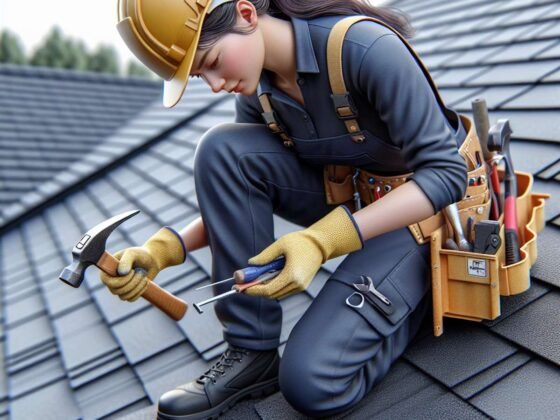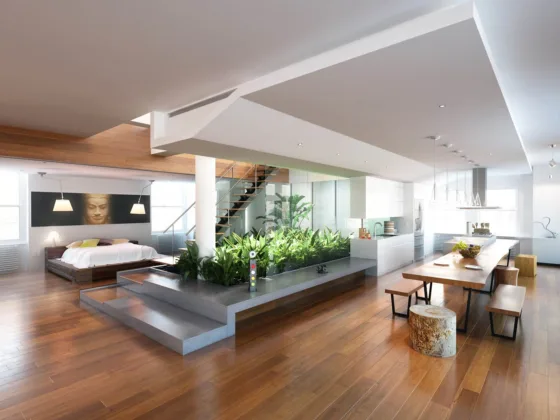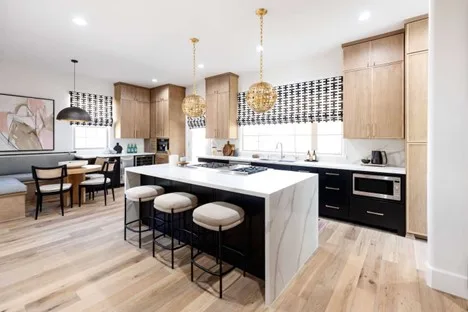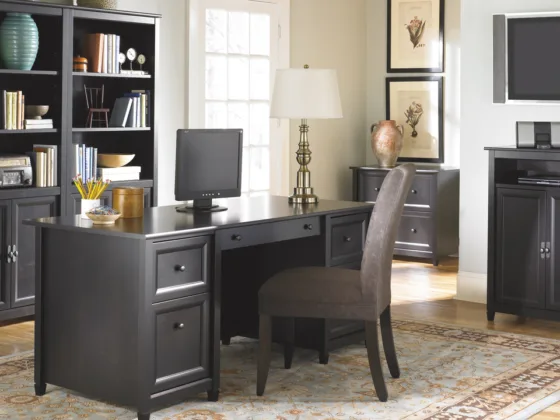Table of Contents Show
Choosing the right exterior paint color for your home is more than just picking a shade that catches the eye. The climate and region where your house is located play a pivotal role in deciding the best color choices for longevity, energy efficiency, and aesthetic harmony with the environment.
This comprehensive guide will explore how to select appropriate exterior paint colors that not only enhance the appearance of your home but also cater to the specific conditions of different climates and regions across the globe. Whether you’re a homeowner preparing for a new paint job or house painters looking for advice on guiding clients, this guide provides essential insights.
Understanding the Impact of Climate on Exterior Paint Selection
When embarking on a house painting project, it’s crucial to consider the interaction between climate and paint, as this relationship significantly influences the longevity and effectiveness of a house paint job.
Different climates present unique challenges due to varying weather conditions, humidity levels, sun exposure, and temperature fluctuations. Each of these factors can affect how paint adheres to surfaces, its durability, and color integrity over time.
High UV Exposure:

In areas that receive a significant amount of sunlight, such as the desert regions of the Southwest United States, the intense UV rays can rapidly degrade paint. This leads to fading colors and the breakdown of paint materials, resulting in a finish that can look worn and dull prematurely.
To combat this, it is advisable to use UV-resistant paints specifically formulated to reflect or absorb ultraviolet light without significant degradation. These products help maintain the vibrancy and integrity of the paint color and prevent the underlying materials from sun damage.
Moisture and Humidity:

Coastal regions and tropical climates are characterized by high levels of humidity and moisture, which can pose serious challenges for exterior paint. In these environments, paint is more likely to swell, soften, and even wash away under persistent damp conditions. Excess moisture can also lead to the growth of mold and mildew, which not only affects the appearance of the paint but can also damage the structure of the building materials.
To address these issues, it is essential to select moisture-resistant paints that include mildewcides. These paints are designed to repel water and resist the growth of mold and mildew, ensuring the exterior maintains its aesthetic appeal and structural integrity longer.
Temperature Fluctuations:
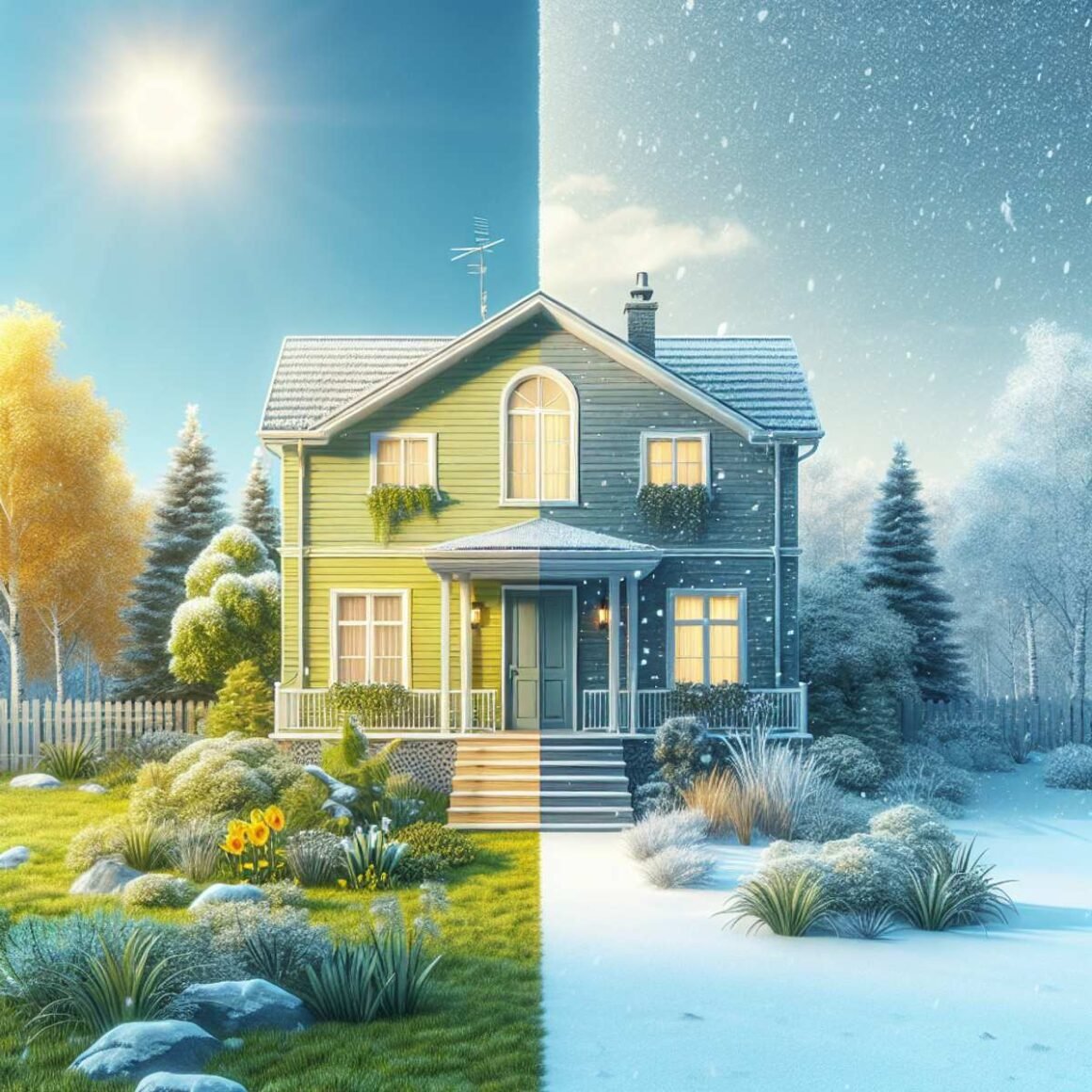
In regions like the Midwest of the USA, where temperature can vary widely between seasons or even within a single day, paint needs to withstand significant expansion and contraction. Traditional paints may crack or flake under such stress, leading to premature failure of the protective coating. Therefore, choosing flexible paints that can adapt to changing temperatures without losing their cohesion is vital.
These paints are engineered to expand and contract with the substrates they cover, preventing cracks and other forms of damage that can expose the building materials to the elements.
Understanding these climate-specific factors is vital in selecting the right type of paint for an exterior project. Not only does this knowledge enable homeowners and house painters to choose formulations that will offer beauty, but it also ensures the durability required to withstand local environmental conditions.
This approach to selecting paint not only enhances the structure’s resistance to weather-related wear and tear but also optimizes the investment by extending the lifespan of the paint job. When chosen wisely, the right paint can significantly reduce maintenance costs and frequency of repaints, proving both economical and aesthetically pleasing in the long run.
Hot and Dry Climates (e.g., Southwest USA, Middle East)
Ideal Color Palette:
- Light Shades: White, beige, light gray, and pastels. These colors reflect sunlight and help in keeping the house cooler.
- Earth Tones: Sand, terracotta, and light browns blend naturally with the arid landscapes.
Practical Tips:
- Reflectivity is Key: Opt for paint that has a high Solar Reflective Index (SRI). Lighter colors generally have higher SRI values.
- Durability Against Sun Damage: Ensure the paint is formulated to resist UV rays to prevent quick fading and degradation.
Examples:
- A pale beige with white trim can provide a classic look while keeping cooling costs down.
- Terracotta or light brown offers a natural, earthy aesthetic that fits well with desert landscapes.
Cold and Wintry Climates (e.g., Canada, Northern Europe)
Ideal Color Palette:
- Dark Shades: Black, forest green, navy blue. Dark colors absorb more heat which can be beneficial during cold months.
- Rich Colors: Burgundy, deep gray. These colors offer a sense of warmth and comfort.
Practical Tips:
- Heat Absorption: Choose darker colors to absorb heat during short, sunny winter days.
- Quality Matters: Pick high-quality paints that can withstand freezing temperatures and resist cracking.
Examples:
- A navy blue with crisp white trim can look stunning and absorb heat during sunny days.
- Dark gray paired with a bright door color (like red) can make the entrance stand out.
Tropical and Humid Climates (e.g., Caribbean, Southeast Asia)
Ideal Color Palette:
- Vibrant Colors: Bright blues, greens, and yellows reflect the natural surroundings and are popular in these regions.
- Light Colors: To combat the heat, light colors are advisable as they reflect sunlight effectively.
Practical Tips:
- Mildew Resistance: Choose paint with built-in mildewcide to prevent mold growth due to high humidity.
- Fade Resistance: Look for paints specifically formulated to resist fading in intense sun exposure.
Examples:
- A bright turquoise or sea green can mirror the tropical oceanic hues and enhance the beachfront vibe.
- Soft yellow offers a cheerful look and reflects a significant amount of sunlight.
Temperate and Seasonal Climates (e.g., Most of Europe, Eastern USA)
Ideal Color Palette:
- Versatile Colors: Greens, blues, and grays work well with the changing seasons.
- Neutral Tones: Beiges and taupes offer timeless appeal and flexibility with landscaping changes.
Practical Tips:
- Flexibility in Colors: Since the climate doesn’t lean extremely hot or cold, a wider range of colors is suitable.
- Quality and Finish: Opt for paints that can handle varied weather conditions, including occasional high humidity and temperature shifts.
Examples:
- A classic gray with white trim offers a modern yet timeless look that blends with both urban and rural settings.
- A forest green can complement green landscapes in spring and summer while still looking cozy in autumn and winter.
Coastal Climates (e.g., Mediterranean, Pacific Northwest)
Ideal Color Palette:
- Blues and Greens: Reflective of the ocean and foliage, these colors are natural choices.
- Earthy Neutrals: Sand, taupe, and light grays can mimic the coastal rocks and sands.
Practical Tips:
- Salt Air Durability: Coastal paints should resist the corrosive effects of salty air.
- Moisture and Sun Resistance: Ideal paints will resist both moisture intrusion and sun fading.
Examples:
- A light sand-colored base with white trim can echo the beachy environment and resist sun fading.
- Soft sea green offers a calm, organic look suitable for homes with ocean views.
Conclusion
Selecting the right exterior paint color for your home requires consideration of both aesthetic preferences and practical functionalities, especially when considering the local climate and region-specific challenges.
House painters and homeowners alike should consider how house painting works with local weather conditions to choose a color that not only looks beautiful but also stands the test of time.
Whether you live in a hot and arid zone or a cold and wet region, the perfect paint color for your home’s exterior is out there. Always consult with professional house painters or a color consultant to make the most informed choice, ensuring that your home not only looks inviting but also remains well-protected against the elements.
FAQs (Frequently Asked Questions)
When embarking on a house painting project, it’s crucial to understand the impact of climate on exterior paint selection. Factors to consider include high UV exposure, moisture and humidity, temperature fluctuations, and the specific climate of the region where your home is located.
In areas that receive a significant amount of sunlight, such as the Southwest USA or the Middle East, it’s important to choose paint colors that can withstand the damaging effects of UV rays. Light shades like white, beige, light gray, and pastels are ideal for high UV exposure regions.
In hot and dry climates like the Southwest USA or the Middle East, ideal color palettes include light shades such as white, beige, light gray, and pastels. These colors have high reflectivity and can help keep homes cooler in such climates.
For cold and wintry climates like Canada or Northern Europe, ideal color palettes include dark shades such as black, forest green, and navy blue. Dark colors absorb heat and can help keep homes warmer in these regions.
In coastal climates like the Mediterranean or Pacific Northwest, ideal color palettes include blues and greens that reflect the ocean and foliage. Coastal paints should also resist the corrosive effects of salt air to ensure durability.
In tropical and humid climates like the Caribbean or Southeast Asia, vibrant colors such as bright blues, greens, and yellows reflect the natural surroundings. It’s important to choose paint with built-in mildewcide to resist mold growth in these regions.


